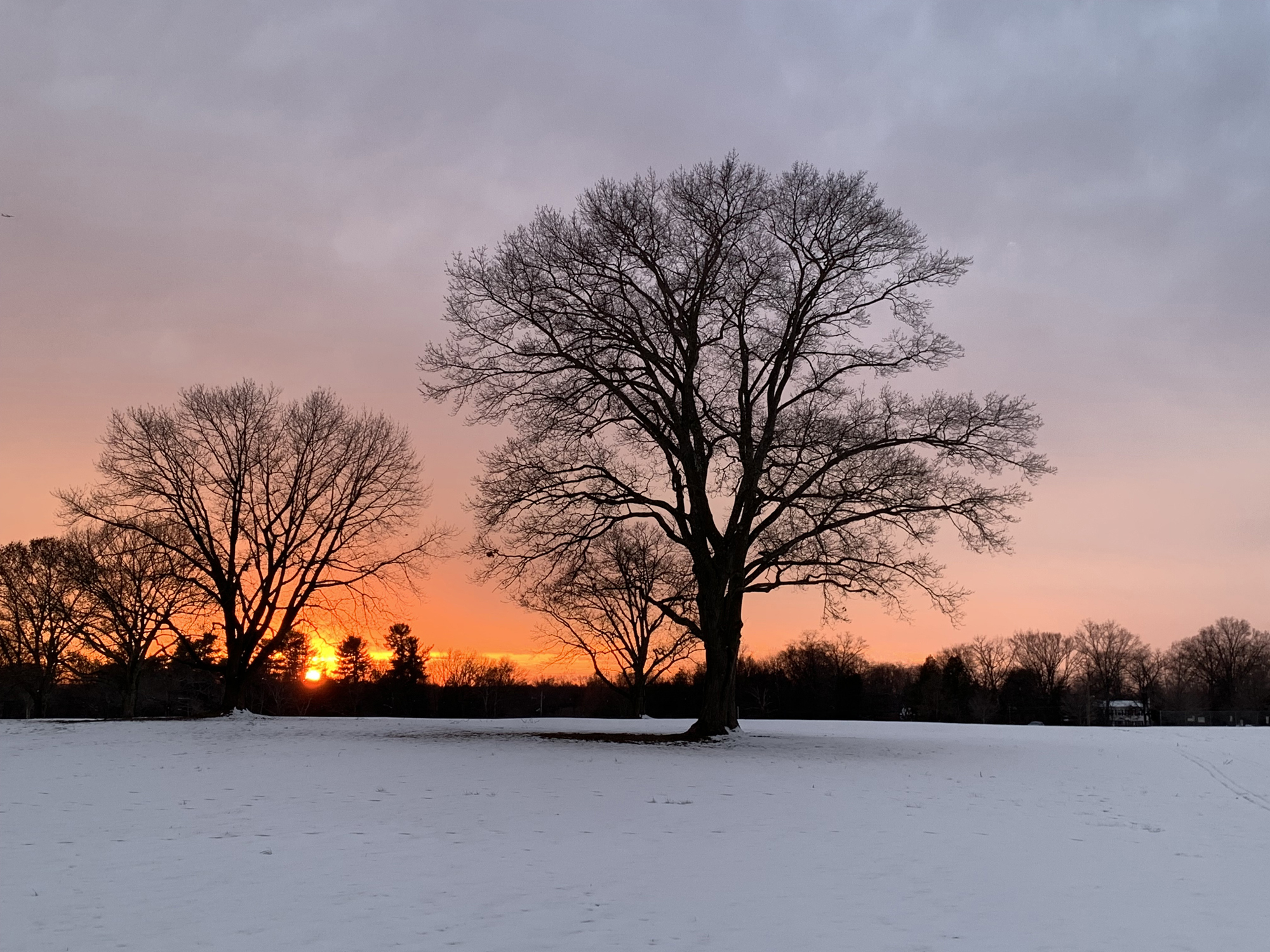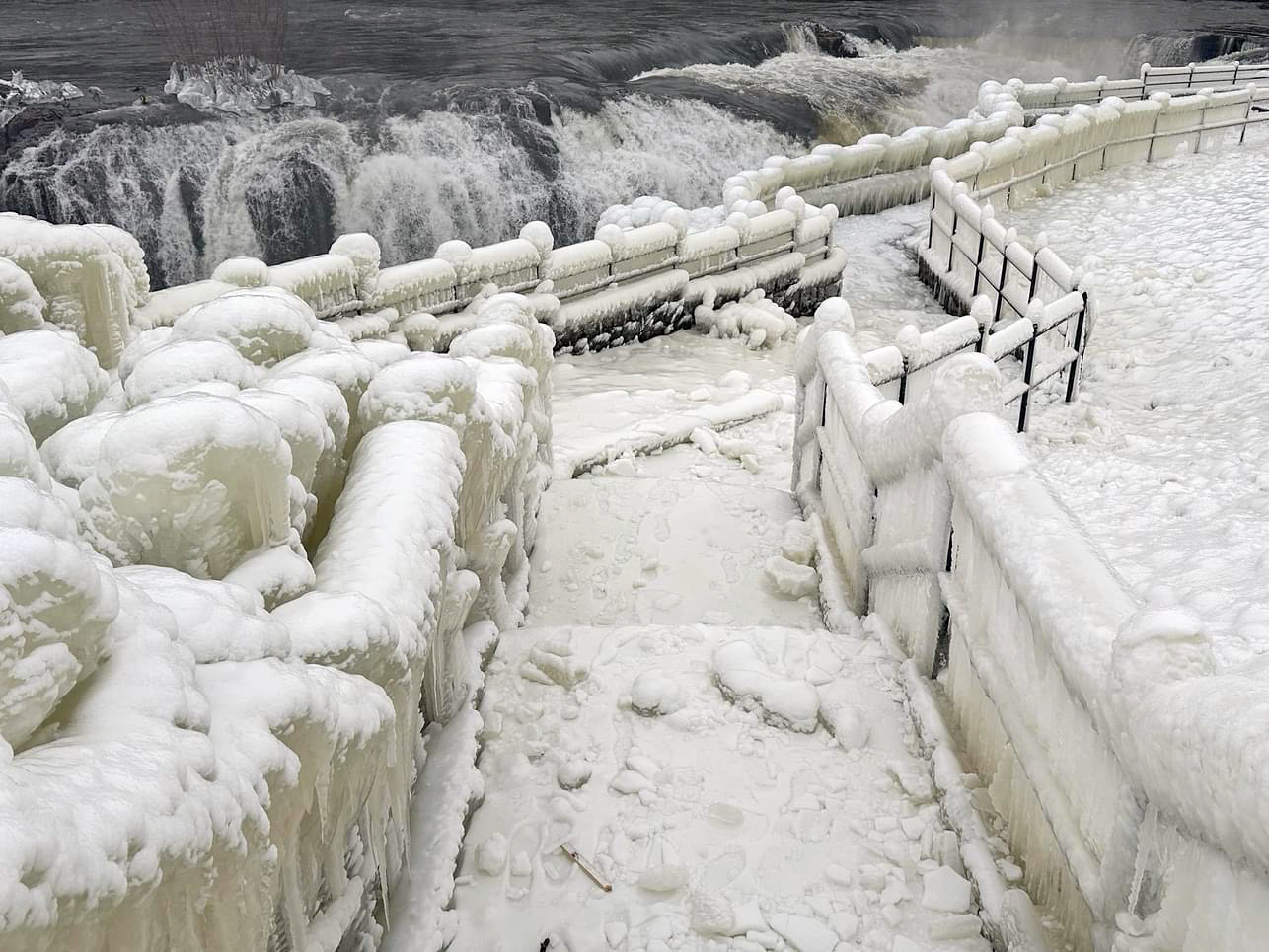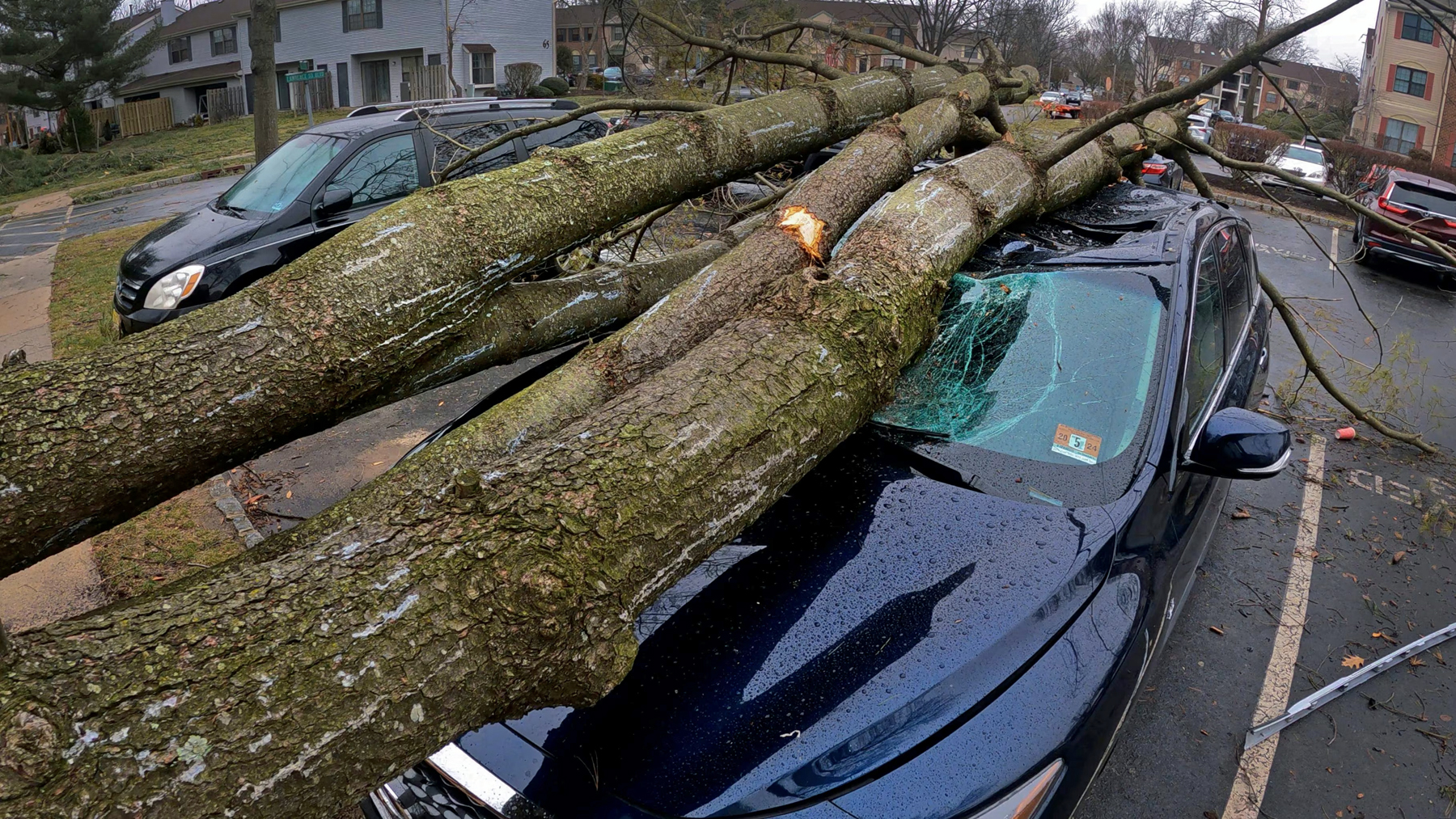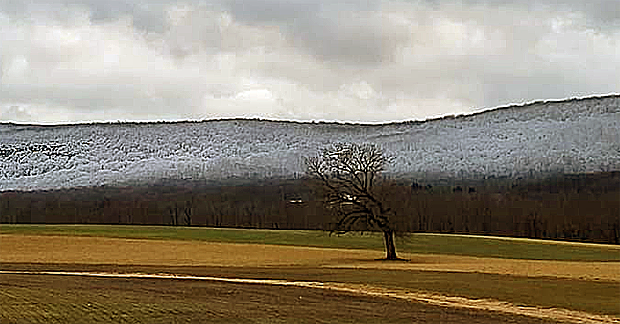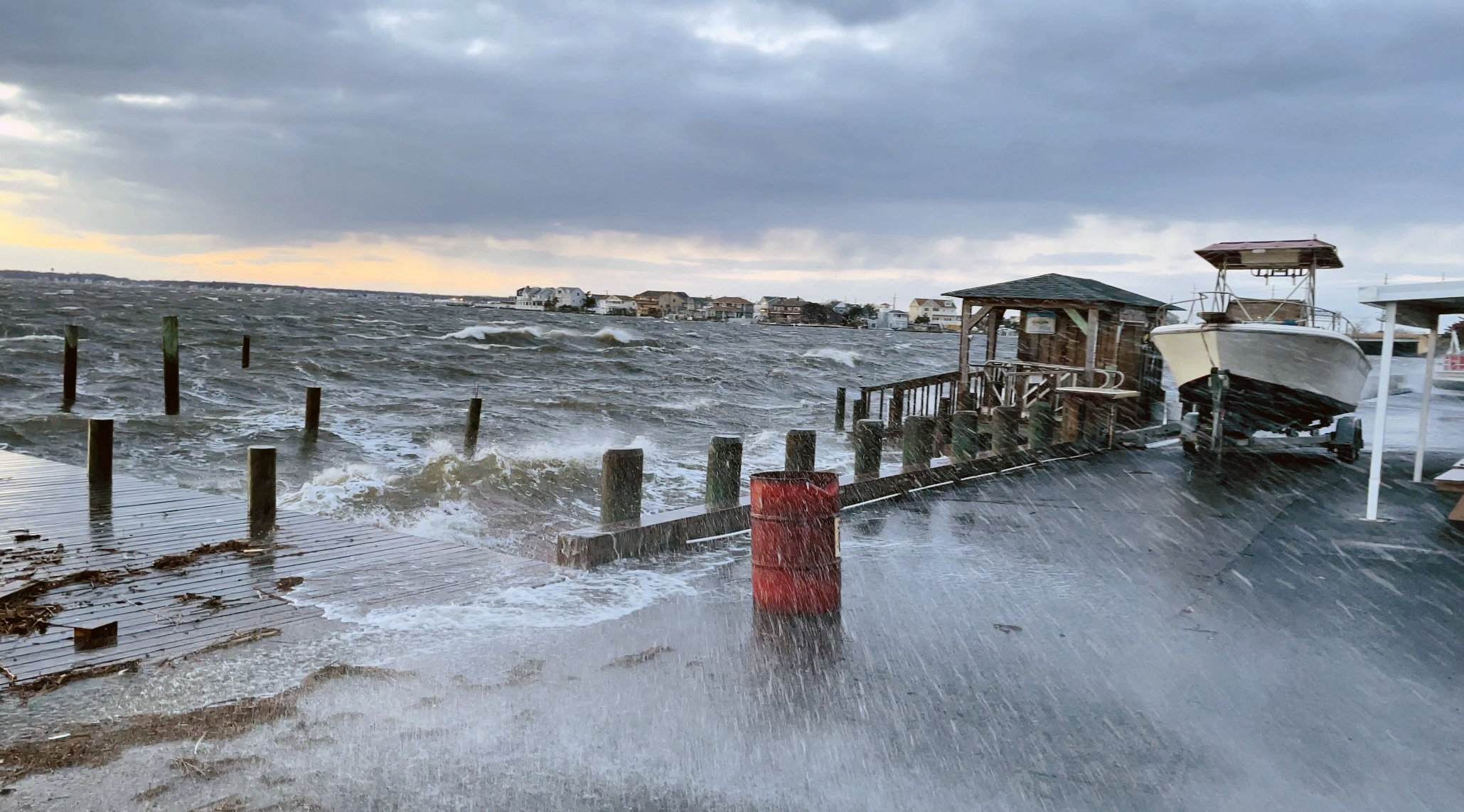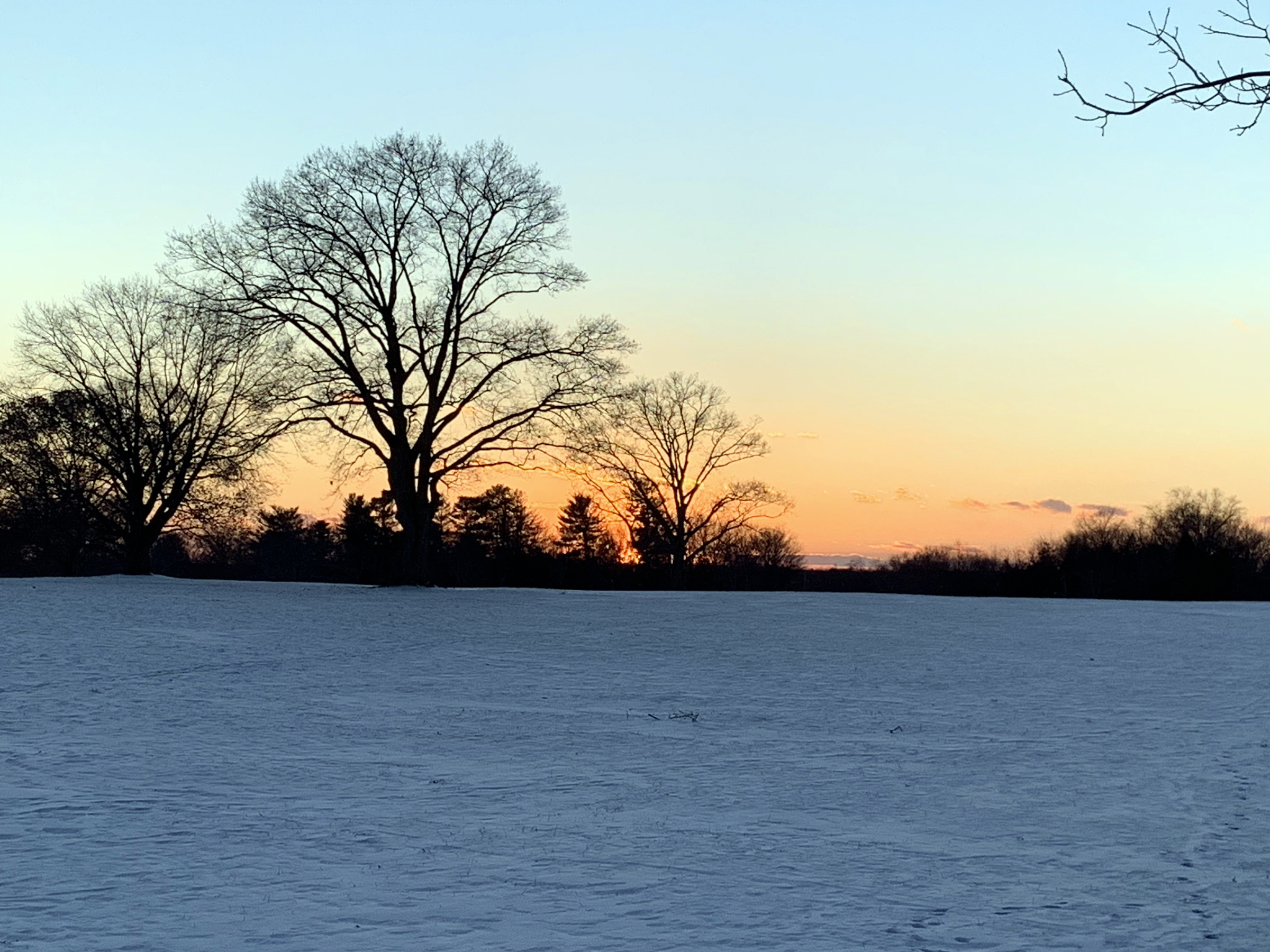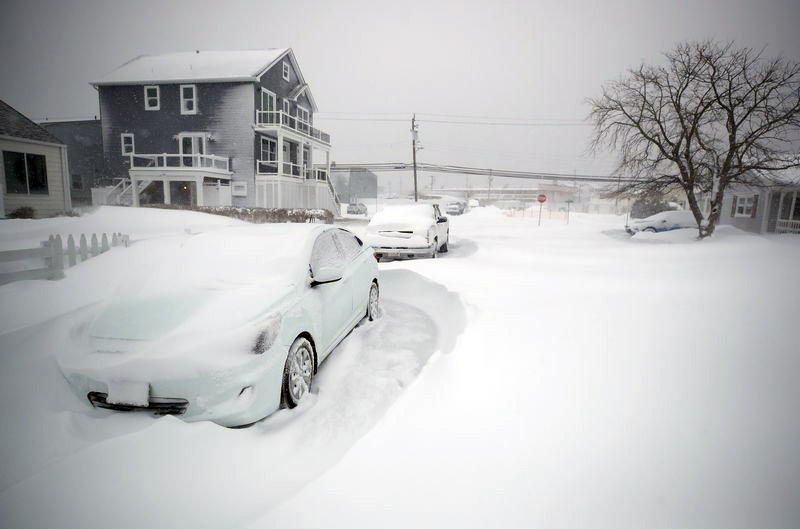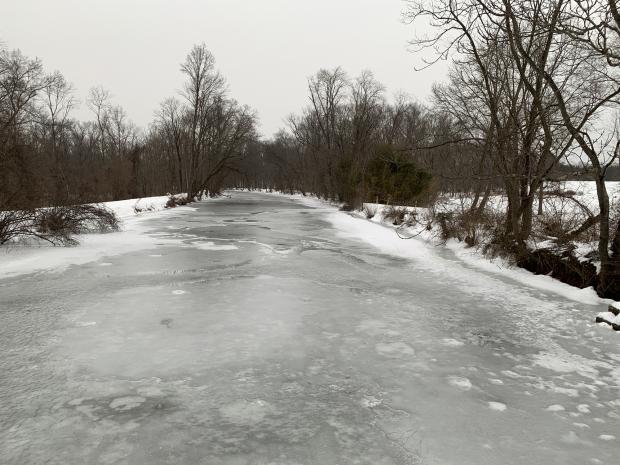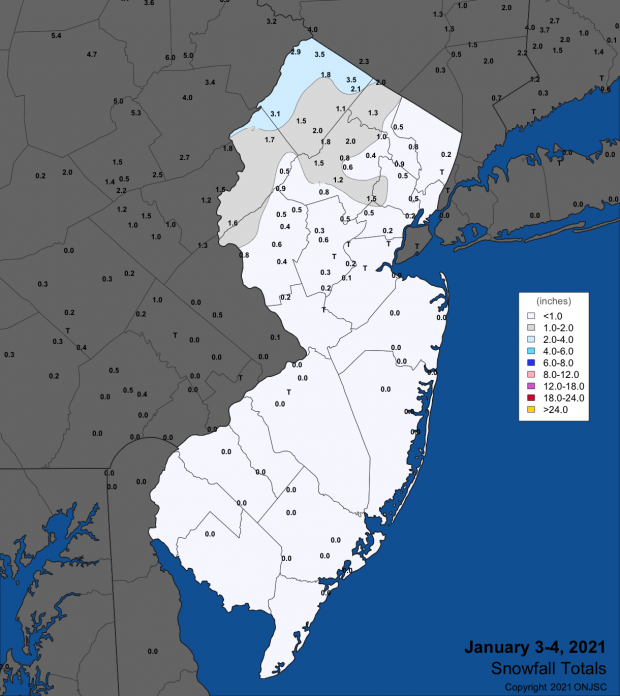Nuisances, not Blockbusters: February 2025 & Winter 2024/2025 Recaps
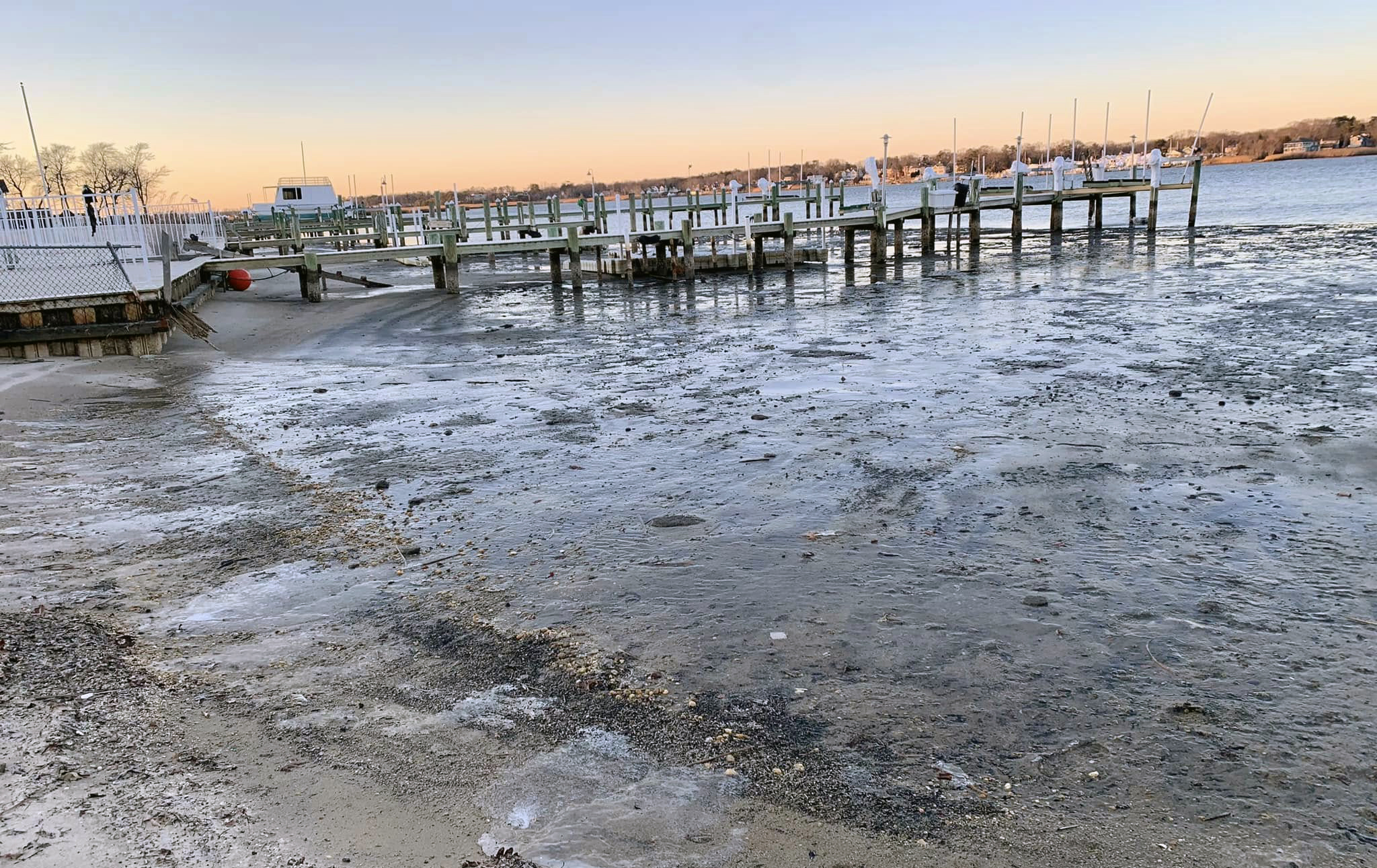
Upon updating a weather friend regarding February conditions that transpired while they were away from the region, he remarked that most of what I reported appeared to have been more along the line of nuisances, while nothing of a blockbuster status occurred. I agreed, as while there were a few plowable events, one soaker (freezing rain at higher elevations), some cold and mild days, and (like in January) quite a few windy days, precipitation and temperatures came in close to normal and not much occurred that will leave lasting memories. In many respects, this applies to the entire winter of 2024/2025 (December–February), leaving an impression among many that this season had a wintrier feel than recent years. However, it was without a major nor’easter, be one excessively wet or white. Meanwhile, when all was said and done, a statewide drought warning remained in place. This report examines February conditions followed by a winter recap.
Statewide, February precipitation (rain and melted snow) averaged 2.53”. This is 0.33” below the 1991–2020 normal and ranks 50th driest since 1895. The precipitation was quite evenly distributed across the state, although the northwest came in on the drier side. The northern climate division averaged 2.56” (-0.23”, 58th driest), the southern division 2.50” (-0.39, 46th driest), and the coastal division 2.59” (-0.48”, 51st driest).


